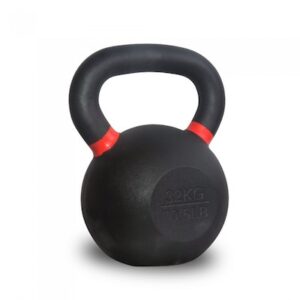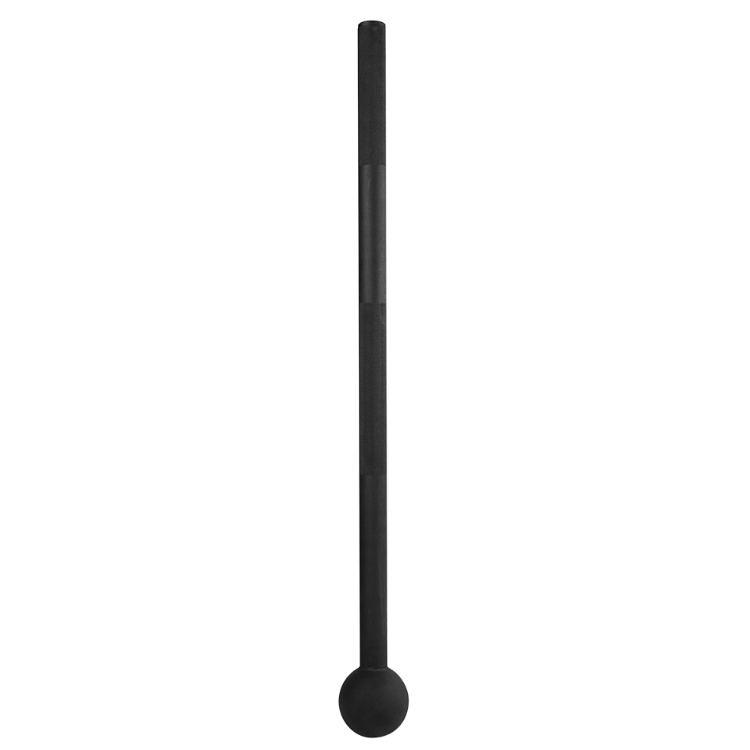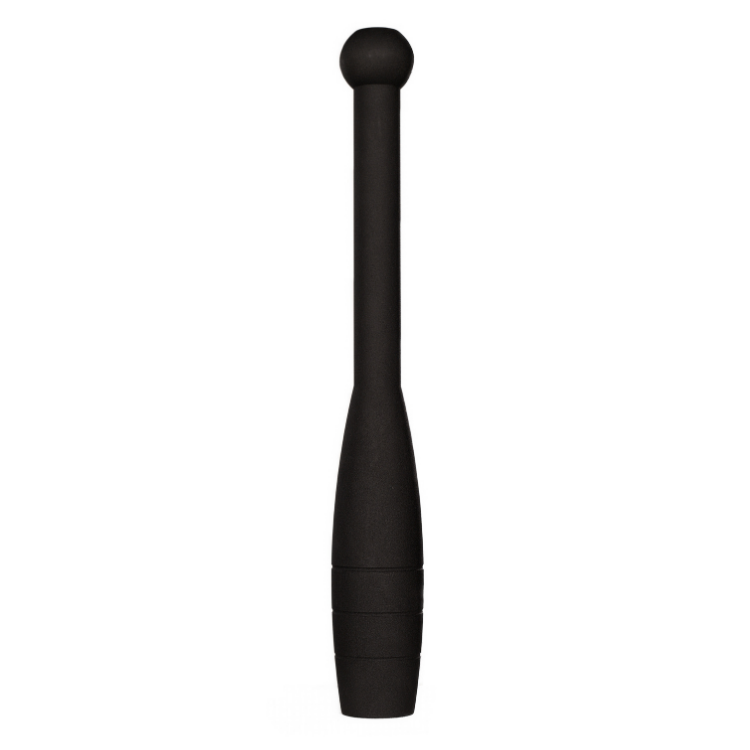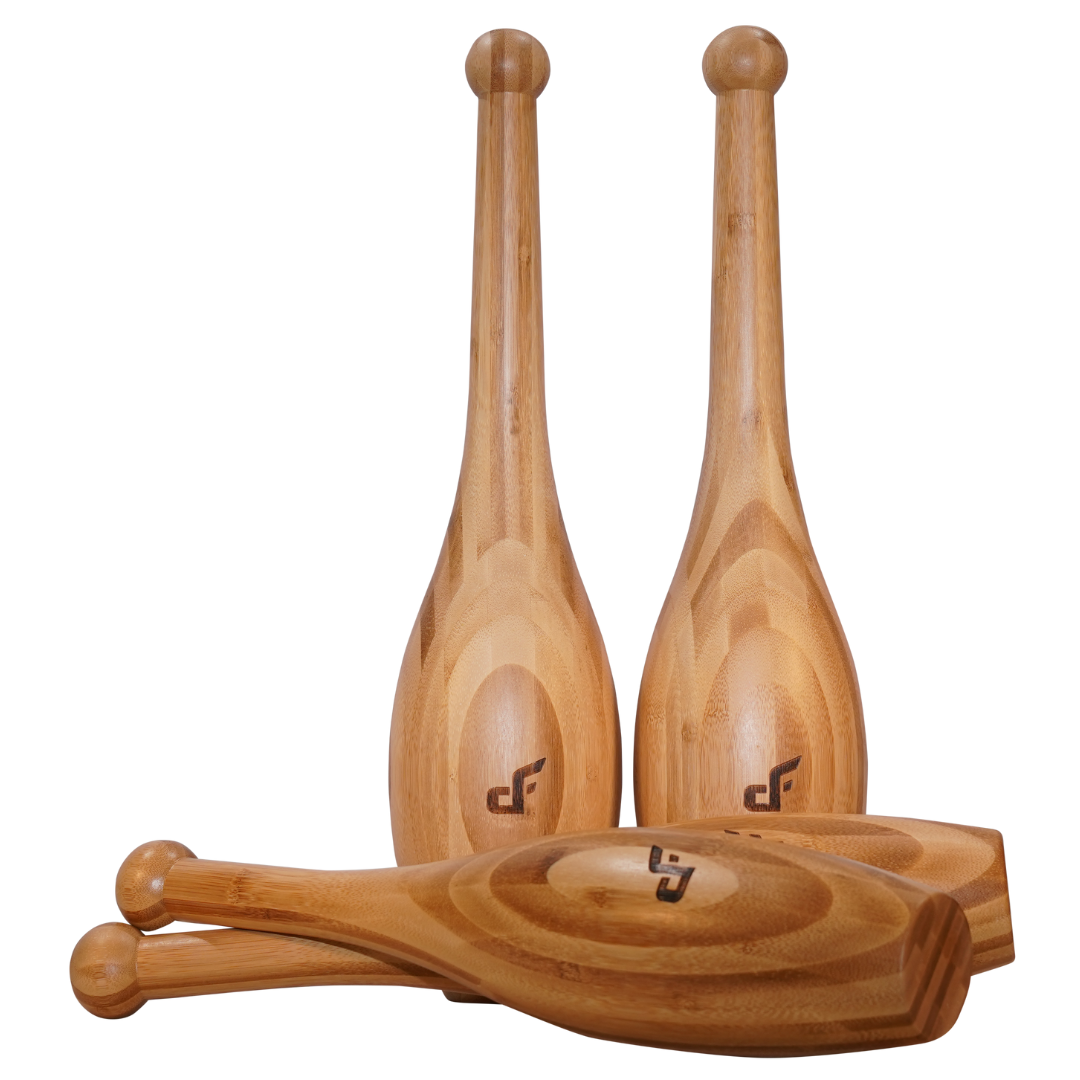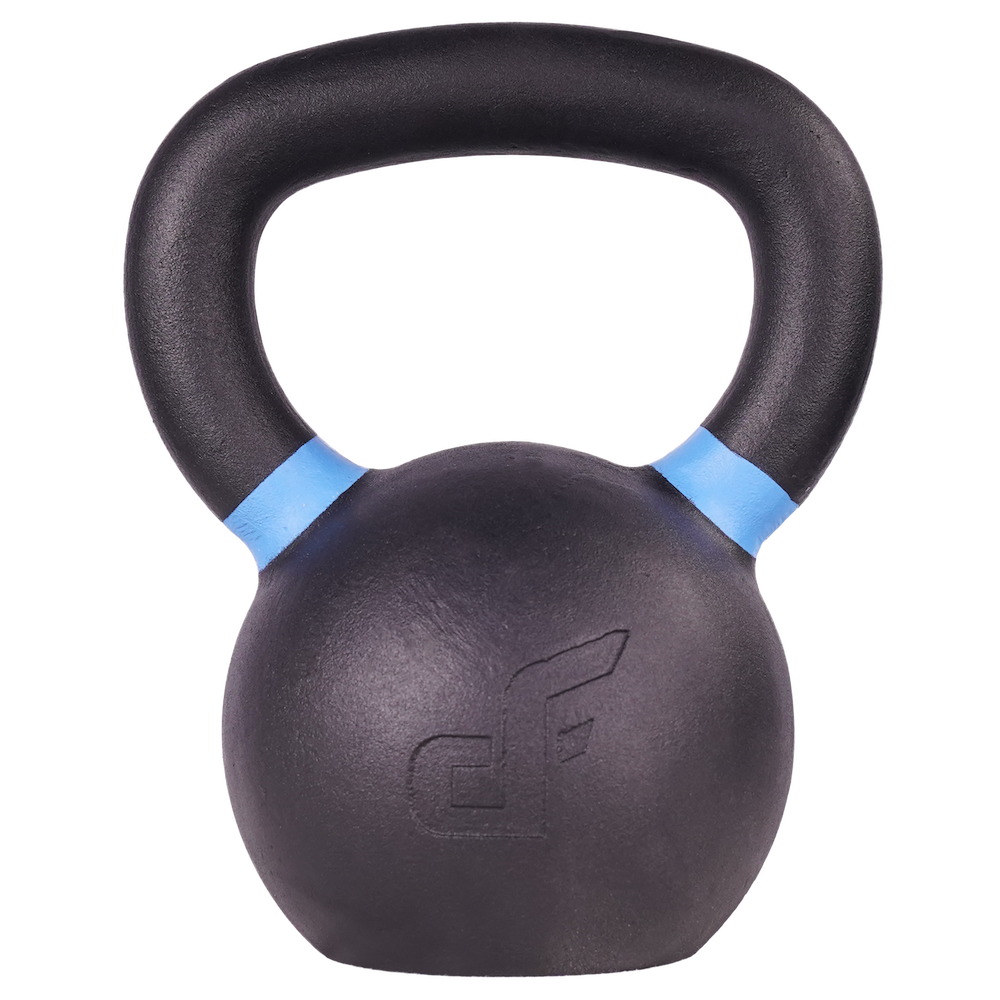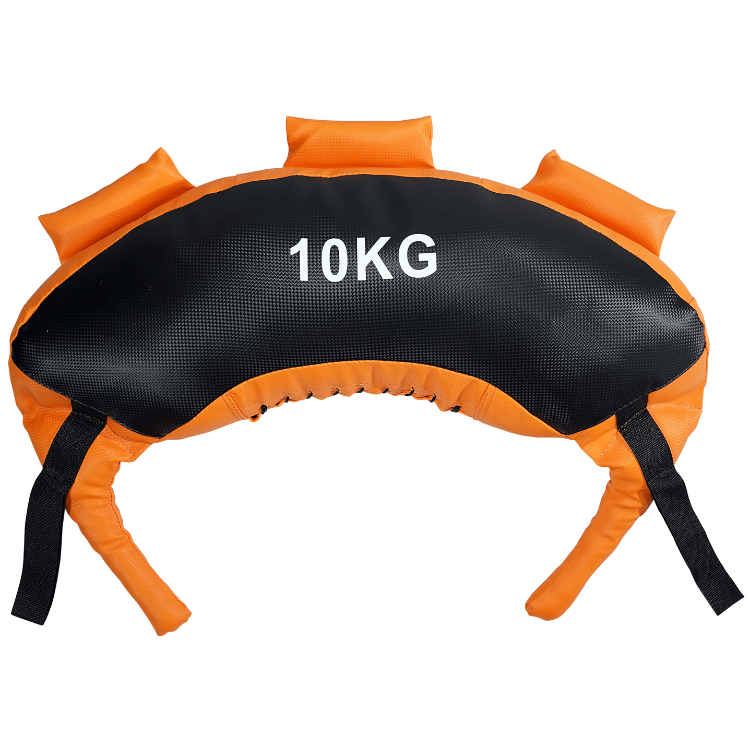A kettlebell is a sphere shaped cast iron or cast steel weight that resembles a cannon ball with a handle; essentially a Russian dumbbell, known as a Girya.
Here are the main parts of the kettlebell;
- The Horns
- The Handle
- The Body
There are two types of kettlebell; competition and regular.
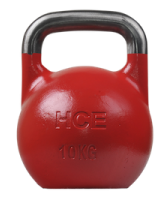
As the name implies, competition kettlebells are used during kettlebell competitions where exercises are performed for time.
Competition kettlebells are always the same size even if the weight varies; this ensures consistency for holding and performing kettlebell exercises.
The handles are usually smaller and squarer in shape, allowing for less movement of the hand with only enough space for one-handed exercises.
Regular Kettlebells
Regular kettlebells have a slightly larger handle allowing for both one-handed and two-handed exercises.
The size of the kettlebell will differ depending on the weight of the kettlebell. So for example, a 20kg/45lbs kettlebell would be significantly larger than an 8kg/15lbs kettlebell.
Buying Your First Kettlebell
Should you buy regular kettlebells or competition grade kettlebells?
It depends on your specific requirements as each bell has it’s pro’s and cons.
The handles on the regular style kettlebell are wider allowing for two-handed exercises and for passing the kettlebell from hand to hand. If you’re a mobile PT or run boot camps they are smaller, easier to transport and cheaper.
The competition grade kettlebells are better for serious kettlebell training. When you become stronger and more skilled you can increase the weight without the size of bell changing so your technique can remain the same.
When starting it’s recommended you begin with a lighter weight until you’re familiar with the movement patterns and technique. Here’s a table to use as a guide.
| Ability | Weight |
| Female Beginner | 8kg |
| Female Intermediate | 12kg |
| Female Advanced | 16/20kg |
| Male Beginner | 12kg |
| Male Intermediate | 16kg |
| Male Advanced | 20/24kg |

